2-nitro-4-chlorophenol
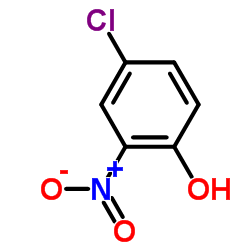
2-nitro-4-chlorophenol structure
|
Common Name | 2-nitro-4-chlorophenol | ||
|---|---|---|---|---|
| CAS Number | 89-64-5 | Molecular Weight | 173.554 | |
| Density | 1.6±0.1 g/cm3 | Boiling Point | 242.5±20.0 °C at 760 mmHg | |
| Molecular Formula | C6H4ClNO3 | Melting Point | 85-87 °C(lit.) | |
| MSDS | Chinese USA | Flash Point | 100.4±21.8 °C | |
| Symbol |

GHS07 |
Signal Word | Warning | |
| Name | 4-chloro-2-nitrophenol |
|---|---|
| Synonym | More Synonyms |
| Density | 1.6±0.1 g/cm3 |
|---|---|
| Boiling Point | 242.5±20.0 °C at 760 mmHg |
| Melting Point | 85-87 °C(lit.) |
| Molecular Formula | C6H4ClNO3 |
| Molecular Weight | 173.554 |
| Flash Point | 100.4±21.8 °C |
| Exact Mass | 172.987976 |
| PSA | 66.05000 |
| LogP | 2.75 |
| Vapour Pressure | 0.0±0.5 mmHg at 25°C |
| Index of Refraction | 1.627 |
| Symbol |

GHS07 |
|---|---|
| Signal Word | Warning |
| Hazard Statements | H315-H319-H335 |
| Precautionary Statements | P261-P305 + P351 + P338 |
| Personal Protective Equipment | dust mask type N95 (US);Eyeshields;Gloves |
| Hazard Codes | Xn:Harmful; |
| Risk Phrases | R20/21/22;R36/37/38 |
| Safety Phrases | S26-S36 |
| RIDADR | 2811 |
| WGK Germany | 3 |
| Packaging Group | III |
| Hazard Class | 6.1 |
| HS Code | 2908999090 |
| Precursor 10 | |
|---|---|
| DownStream 10 | |
| HS Code | 2908999090 |
|---|---|
| Summary | 2908999090 halogenated, sulphonated, nitrated or nitrosated derivatives of phenols or phenol-alcohols。Supervision conditions:None。VAT:17.0%。Tax rebate rate:9.0%。MFN tariff:5.5%。General tariff:30.0% |
|
Genes involved in degradation of para-nitrophenol are differentially arranged in form of non-contiguous gene clusters in Burkholderia sp. strain SJ98.
PLoS ONE 8 , e84766, (2013) Biodegradation of para-Nitrophenol (PNP) proceeds via two distinct pathways, having 1,2,3-benzenetriol (BT) and hydroquinone (HQ) as their respective terminal aromatic intermediates. Genes involved in... |
|
|
Metabolism of 4-chloro-2-nitrophenol in a gram-positive bacterium, Exiguobacterium sp. PMA.
Microb. Cell Fact. 11 , 150, (2012) Chloronitrophenols (CNPs) are widely used in the synthesis of dyes, drugs and pesticides, and constitute a major group of environmental pollutants. 4-Chloro-2-nitrophenol (4C2NP) is an isomer of CNPs ... |
|
|
Decolourization of 4-chloro-2-nitrophenol by a soil bacterium, Bacillus subtilis RKJ 700.
PLoS ONE 7(12) , e52012, (2012) A 4-Chloro-2-nitrophenol (4C2NP) decolourizing strain RKJ 700 was isolated from soil collected from a pesticide contaminated site of India and identified as Bacillus subtilis on the basis of the 16S r... |
| 2-NO2-4-Cl-phenol |
| Phenol,4-chloro-2-nitro |
| EINECS 201-927-5 |
| 2-nitro-4-chlorophenol |
| p-chloronitrophenol |
| 4-Chloro-2-nitrophenol |
| Phenol, 4-chloro-2-nitro- |
| 4-chloro-2-nitro-phenol |
| MFCD00007113 |
| 5-chloro-2-hydroxynitrobenzene |
 CAS#:106-48-9
CAS#:106-48-9 CAS#:88-75-5
CAS#:88-75-5 CAS#:33696-00-3
CAS#:33696-00-3 CAS#:108-43-0
CAS#:108-43-0 CAS#:121-73-3
CAS#:121-73-3 CAS#:623-12-1
CAS#:623-12-1 CAS#:67-56-1
CAS#:67-56-1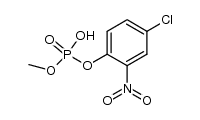 CAS#:29267-47-8
CAS#:29267-47-8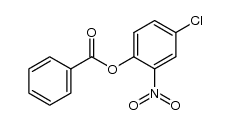 CAS#:37593-94-5
CAS#:37593-94-5 CAS#:626-56-2
CAS#:626-56-2 CAS#:1019-90-5
CAS#:1019-90-5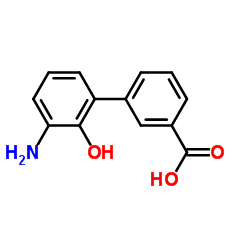 CAS#:376592-93-7
CAS#:376592-93-7![5'-chloro-2'-hydroxy-3'-nitro-[1,1'-Biphenyl]-3-carboxylic acid structure](https://image.chemsrc.com/caspic/015/376592-58-4.png) CAS#:376592-58-4
CAS#:376592-58-4 CAS#:3621-81-6
CAS#:3621-81-6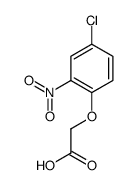 CAS#:21086-49-7
CAS#:21086-49-7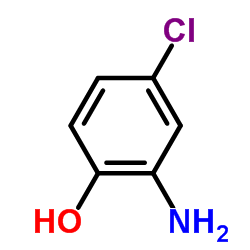 CAS#:95-85-2
CAS#:95-85-2 CAS#:71387-67-2
CAS#:71387-67-2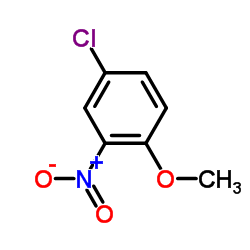 CAS#:89-21-4
CAS#:89-21-4 CAS#:695-99-8
CAS#:695-99-8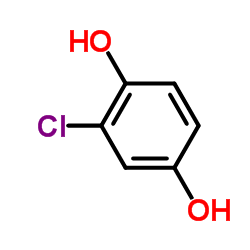 CAS#:615-67-8
CAS#:615-67-8